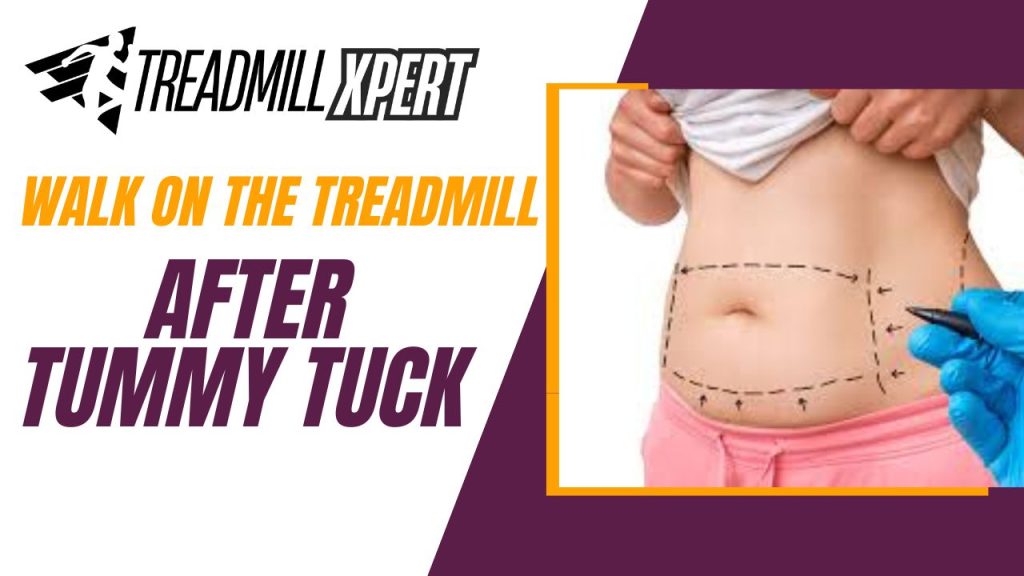What Do Muscles Work on the Treadmill? A Complete Guide
Treadmills are often praised as one of the best exercise machines available. They offer more than just cardiovascular benefits—they actively work and strengthen multiple muscle groups throughout the body. Whether you walk, jog, or sprint, treadmill workouts can tone muscles, burn fat, and enhance endurance. In this article, we will explore what muscles work on the treadmill, how to target them, and why the treadmill is a smart choice for full-body fitness.
1. Glute Muscles Work on the Treadmill
The gluteal muscles are crucial in forward motion during walking and running. Treadmill workouts engage all three glute muscles:
-
Gluteus Maximus: The largest glute muscle, it is heavily activated when walking or running. It propels the body forward and is most engaged when using an incline.
-
Gluteus Medius: This stabilizing muscle supports the pelvis during treadmill motion. It works harder during side-to-side movements or incline walking.
-
Gluteus Minimus: A small but important muscle that supports hip joint stability. It assists in keeping the pelvis aligned during gait.
How to Target Glutes:
-
Incline Walking: Increases resistance and activates glutes more deeply.
-
High Knees on Treadmill: Helps isolate the glutes while keeping the core braced.
-
Hill Simulation: Use steeper incline settings to mimic hiking.
-
Light Weights: Carrying light dumbbells during walking can enhance glute activation.
2. Quadriceps Muscles Work on the Treadmill
The quadriceps are the large muscles at the front of your thighs. They are responsible for extending the knee and providing power with each step.
Best Ways to Target Quads:
-
Running and Jogging: Effective for full quad engagement.
-
Incline Running: Increases the demand on your quads.
-
Knee Highs: Lifting your knees high while running targets the upper quads.
-
Weighted Training: Holding dumbbells or wearing a weighted vest boosts resistance.
To maximize quadriceps strength, combine treadmill training with squats and lunges on rest days for balanced development.

3. Hamstring Muscles Work on the Treadmill
Hamstrings, located at the back of your thighs, work in tandem with the quads. They help extend the hip and flex the knee during treadmill use.
How to Strengthen Hamstrings:
-
Walking and Running: Naturally engage hamstrings during each step.
-
High Incline Walking: Increases hip extension, targeting hamstrings.
-
Backward Walking: Powerfully engages hamstrings with a reverse motion.
-
Single-Leg Exercises: Holding onto handrails and performing one-legged lifts.
-
Resistance Bands: Add light resistance bands to increase hamstring activation.
For even more results, consider integrating walking lunges and stretches post-treadmill.
4. Calves Muscles Work on the Treadmill
The calves—gastrocnemius and soleus—support movement in the lower leg and aid in raising the heels.
Best Calf-Strengthening Techniques:
-
Regular Walking or Running: Engages the calf muscles dynamically.
-
Incline Training: Focuses more on the calves as they lift the heels.
-
Decline Walking: Works the calves eccentrically during heel lowering.
-
Toe Walking: Walking on toes for short bursts targets the gastrocnemius.
-
Bent Knee Walks: More soleus activation with slightly bent knees.
Jump training on treadmills (only for advanced users) also provides explosive calf work.
5. Abdominal Muscles Work on the Treadmill
The core muscles, including the rectus abdominis, obliques, and transverse abdominis, help stabilize the body during treadmill workouts.
Ways to Target Your Core:
-
Incline Walking: Challenges your posture and activates abdominals.
-
Arm Positioning: Walking with arms overhead or crossed across the chest increases core demand.
-
Backward Walking: Forces core muscles to balance the body and support the spine.
-
Interval Walking or Running: Changing speeds keeps the core engaged to stabilize your body.
-
Crunches or Sit-Ups (off treadmill): Complement your treadmill routine.
Always maintain good posture and avoid leaning forward, especially at higher speeds.
6. Hip Flexors Muscles Work on the Treadmill
Your hip flexors—mainly the iliopsoas group—are activated each time your knees lift.
How to Build Hip Flexor Strength:
-
High Knee Marching: Concentrates on lifting the legs to engage the iliopsoas.
-
Butt Kicks: Help stretch and strengthen hip flexors.
-
Psoas Marches: Drive your knees up one at a time while walking.
-
Incline Walking: Increases hip flexion and challenges endurance.
-
Reverse Walking: Works your hips from a different motion angle.
-
Dynamic Warm-Ups: Before treadmill use, do high knees and heel kicks.

Tips to Maximize Muscle Engagement on a Treadmill
To get the most out of your treadmill workouts and engage muscles efficiently, follow these tips:
-
Use Inclines: Simulates uphill movement, increasing resistance.
-
Add Light Weights: Boost upper-body and core involvement.
-
Mix Intervals: Alternate speeds to prevent adaptation.
-
Avoid Handrails: Don’t hold the handrails while walking—this ensures core and leg muscles do the stabilizing.
-
Use Pre-Programmed Workouts: Take advantage of built-in hill or cardio settings.
Final Thoughts: Are Treadmills Good for Building Muscle?
Yes, treadmills are excellent for toning and strengthening several muscle groups. Whether your goal is endurance, muscle tone, fat loss, or functional fitness, treadmill workouts can play a key role in your routine.
By adjusting your speed, incline, and intensity, you can activate muscles in the:
-
Glutes
-
Hamstrings
-
Quadriceps
-
Calves
-
Abdominals
-
Hip Flexors
This versatility makes the treadmill more than just a cardio machine—it becomes a full-body muscle sculpting tool.
READ MORE
-
How to Draw a Treadmill?
-
Does a Treadmill Make Your Bum Smaller?
